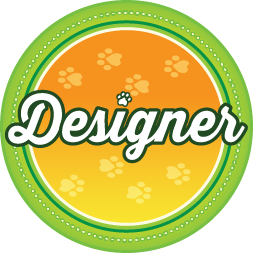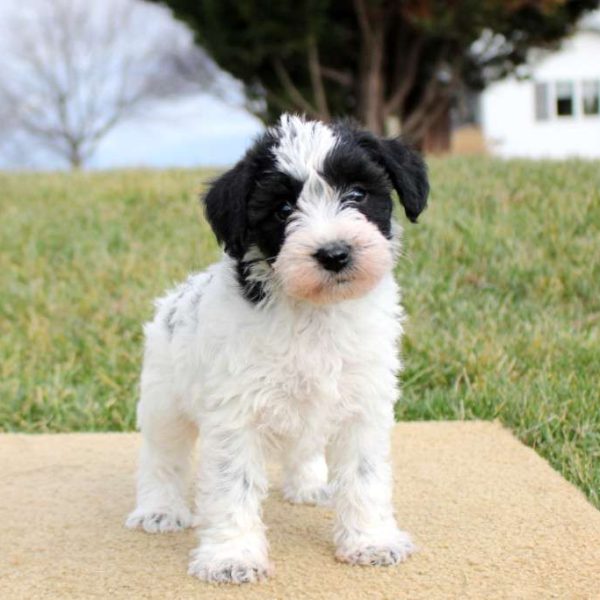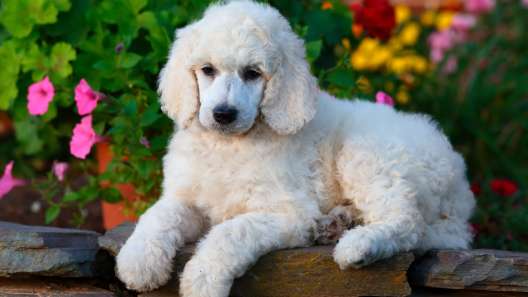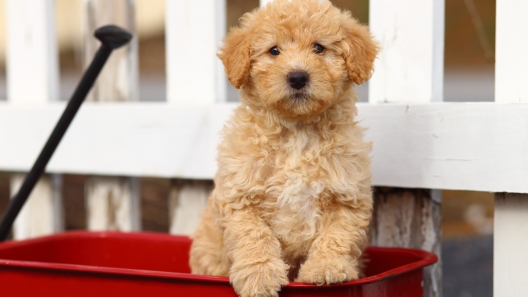
-
Activity Level:
moderate
-
Shedding Level:
low
-
Grooming Level:
high
-
Trainability:
high
-
Good for Novice Owners:
high
-
Adaptability:
high
-
Kid/Pet Friendly:
often
-
Prey Drive:
moderate
-
Watchdog:
very alert
- Average Size: Small
- Average Lifespan: 12-16 years
- Registered?: other
Mini Schnoodle Dog Breed Information
Overview
Temperament
Adaptability
Health
Owner Experience
Grooming
Activity Level
Size
Life Span
Did You Know?
A Mini Schnoodle is a cross between a Miniature Schnauzer and a Miniature Poodle. There is also a larger Schnoodle that is a cross between a Standard Poodle and a Standard or Giant Schnauzer.
The Miniature Schnoodle is meant to take on the best traits of both parent breeds, but they can end up with any combination of traits from one or both of the parents. Overall, Mini Schnoodles tend to be loyal dogs that are devoted and affectionate to their families. They also tend to have friendly dispositions and playful, energetic personalities.
Miniature Schnoodles are popular family pets and they often make good therapy dogs too. Although the American Kennel Club does not recognize the Mini Schnoodle, other notable dog organizations like the Designer Dogs Kennel Club, International Designer Canine Registry, and more do recognize them.
The Miniature Schnoodle is a small, cheerful, playful, and loving ball of fluff. They tend to be intelligent dogs with friendly, happy dispositions and gentle natures. Provided they are well-socialized, Mini Schnoodles tend to get along with just about everyone, including children, other dogs, other pets, and even strangers. They tend to be a great addition to any family and a great companion for single owners too.
The Mini Schnoodle is affectionate, loving, and devoted to their families. They thrive on affection and attention from their favorite humans and tend to bond closely with them. A Mini Schnoodle can also be prone to jumping up and ignoring personal space because they are so friendly and excitable. Training your dog not to jump up and socialization early on can help curb this behavior and channel it more positively.
Mini Schnoodles are highly adaptable dogs. These little dogs may be energetic, but they adapt well to larger homes as well as apartments. They tend to thrive wherever they are as long as they get enough daily exercise, mental stimulation, and attention.
They also do well in most climates. As with any dog breed, they are sensitive to heat. Due to their small size, they may need to bundle up to stay warm while out on winter walks. But, having the right mix of winter dog products on hand can be a big help. Because a Mini Schnoodle tends to bond so closely to their families and owners, they do not like to be left alone for long periods of time.
Although mixed-breed dogs can sometimes be healthier than purebred dogs, it’s not a guarantee. They can inherit the potential health concerns from both, one, or neither of their parent breeds. Potential health concerns to be aware of in Mini Schnoodles can include Addison’s Disease, canine diabetes, luxating patella, progressive retinal atrophy, Legg-Calve-Perthes Disease, cataracts, and epilepsy.
Good breeding practices make a big difference in the health of Mini Schnoodle puppies. Reputable breeders will screen their dogs before breeding to avoid passing preventable issues on to puppies. Don’t be afraid to bring it up and ask about the genetic history of the parents. Also, you can ask about any relevant health clearances or test results.
Both of the parent breeds of a Miniature Schnoodle are highly intelligent, eager to please, and highly trainable dog breeds. So, your Mini Schnoodle should also be a highly trainable dog that learns quickly. They can get bored easily, so it’s best to keep training interesting and to use positive training methods focused on praise and reward.
Often, your Mini Schnoodle will master basic commands and be ready for more advanced commands and tricks quickly if they are challenged and motivated. Although these dogs tend to be a good fit for owners of all experience levels, puppy training classes can still be a good idea as they tend to offer great opportunities to brush up on training skills and to socialize a puppy.
The Poodle is known for their low/non-shedding hypoallergenic coat, which is one of the reasons why there are so many Poodle mixes. There is no guarantee that a Mini Schnoodle will inherit a full Poodle coat. But, Mini Schnauzers don’t shed very much, so a Miniature Schnoodle shouldn’t shed much, if at all, regardless of their coat type. However, it’s important to know that low shedding does not always mean low maintenance.
Poodle coats need daily brushing to remove tangles and prevent mats. They also need professional grooming every 4-8 weeks depending on your dog and preferred cut. On the Schnauzer side, weekly brushing is sufficient. However, they need regular bathing, handstripping, and clipping to maintain a healthy coat. This also usually means professional grooming every 5-8 weeks.
On top of coat care, you also need to care for your Mini Schnoodle’s nails, ears, and teeth. Depending on your professional grooming schedule, the dog groomer may take care of some of this maintenance, but you’ll still need to do some at-home sessions between visits. Trimming your dog’s nails once or twice monthly is usually sufficient to keep them from growing too long. But, you may need to cut your dog’s nails more often if they grow fast or aren’t wearing down as much naturally.
It’s also important to check and carefully clean your dog’s ears as needed. Checking ears on a weekly basis is usually a good routine for helping to prevent ear infections. Additionally, it’s essential to practice good dental care for dogs early and throughout your dog’s life to prevent painful dental diseases like gum disease and tooth decay later in life. Using an enzyme toothpaste or brushing your Mini Schnoodle’s teeth every, in addition to cleanings at the vet when needed, is ideal.
Mini Schnoodles tend to have moderate exercise requirements, but they also tend to match their energy levels to yours. Daily walks plus some playtime or extra activity are usually enough to keep this dog happy and healthy. But, if you want to do more, your Mini Schnoodle probably will too. They’ll be happy to just be around you and be active with you.
These little dogs tend to be quite athletic, so don’t be afraid to try out a bunch of different activities with your Mini Schnoodle when puppies finish growing. Doing something new is a great way to potentially discover a new favorite activity, but it’s also a good opportunity for ongoing socialization.
Who knows? Your Mini Schnoodle might love taking trips to the dog park, going for a swim, learning to play frisbee, going on hikes, and more. Just keep an eye on them to make sure they’re not overexerting themselves trying to keep up with you.
A fully-grown Mini Schnoodle usually stands 12-15 inches tall at the shoulder and weighs 10-20 pounds.
Miniature Schnoodles generally live for 12-16 years on average.
Although Mini Schnoodle or Miniature Schnoodle are the most common names for this dog breed, they are also sometimes referred to as a Miniature Schnauzerdoodle, a Mini Schnauzerpoo, or a Schnauzer Poodle Mix.









